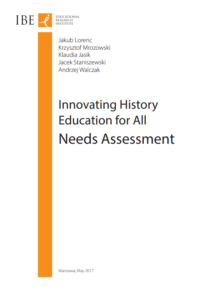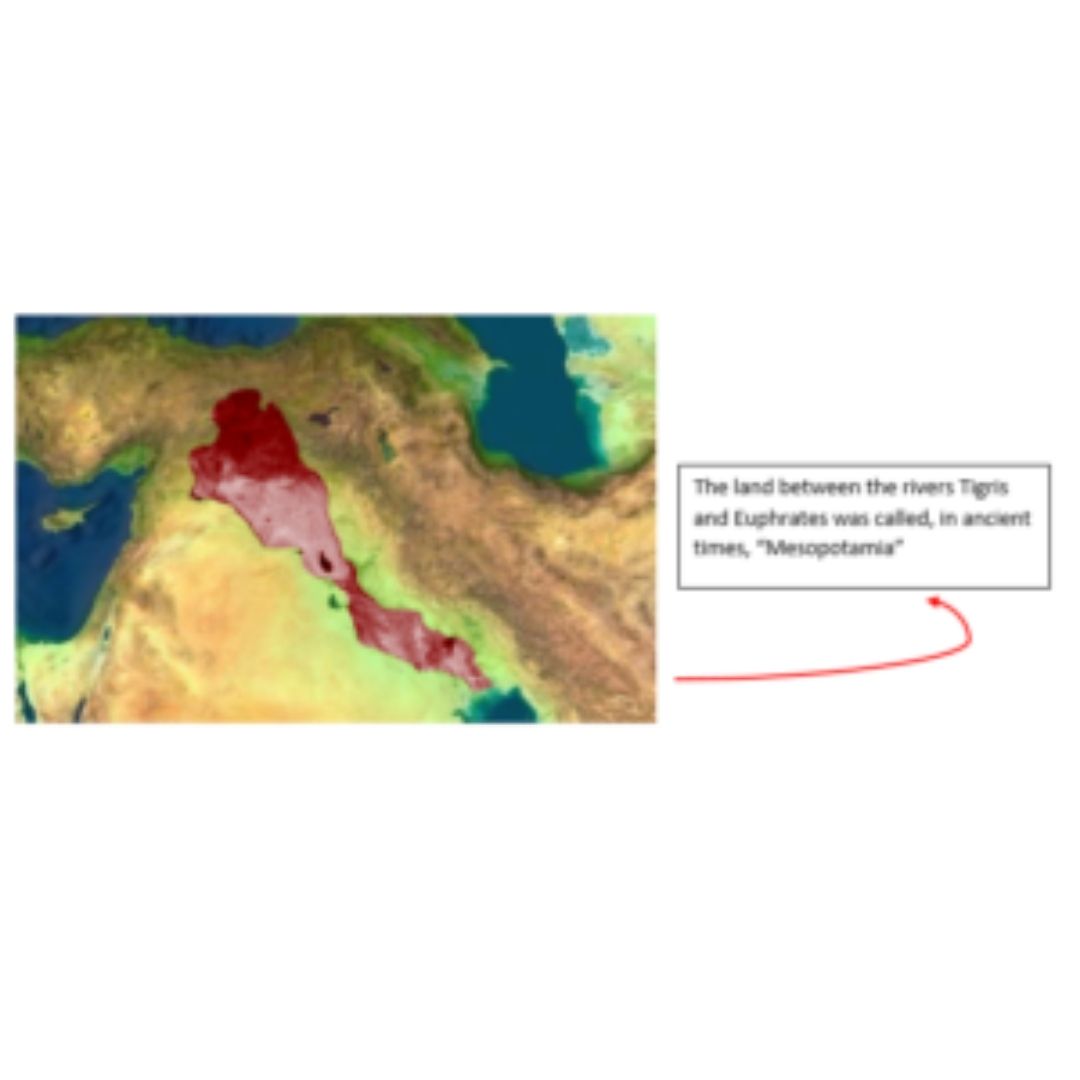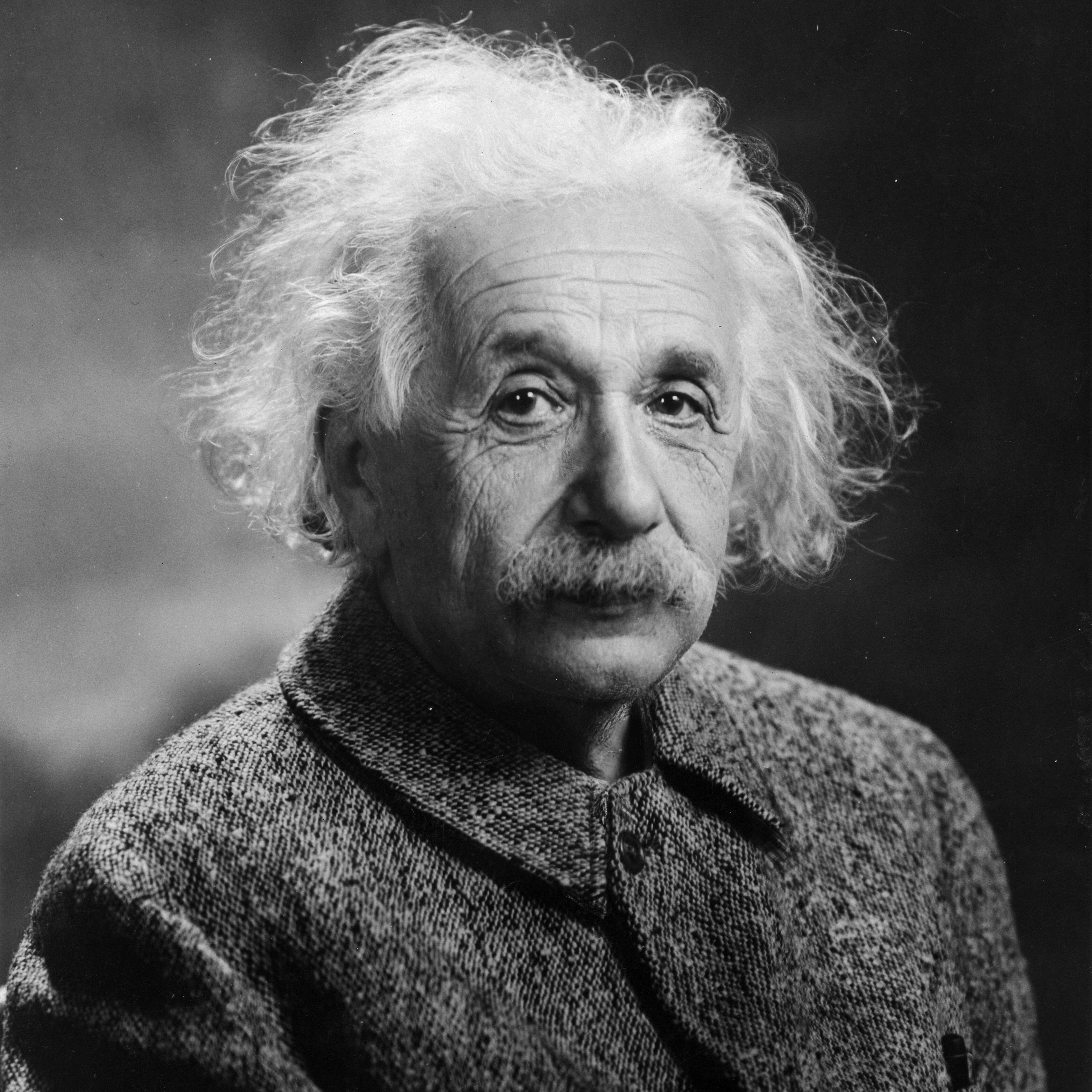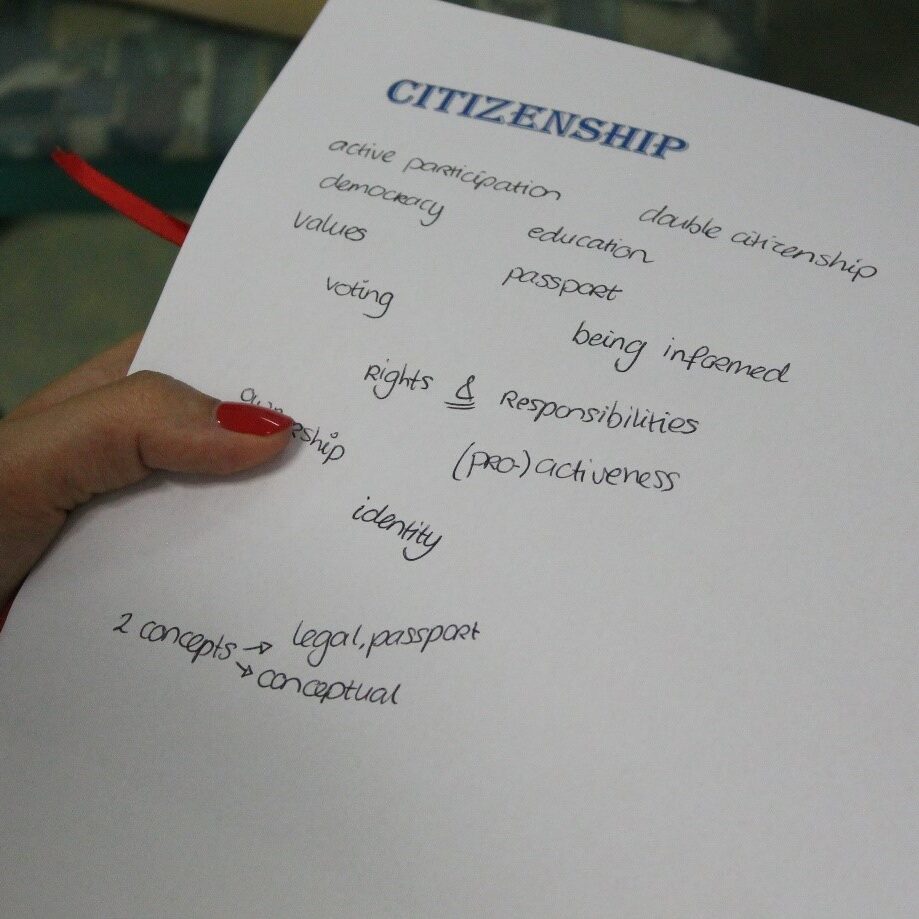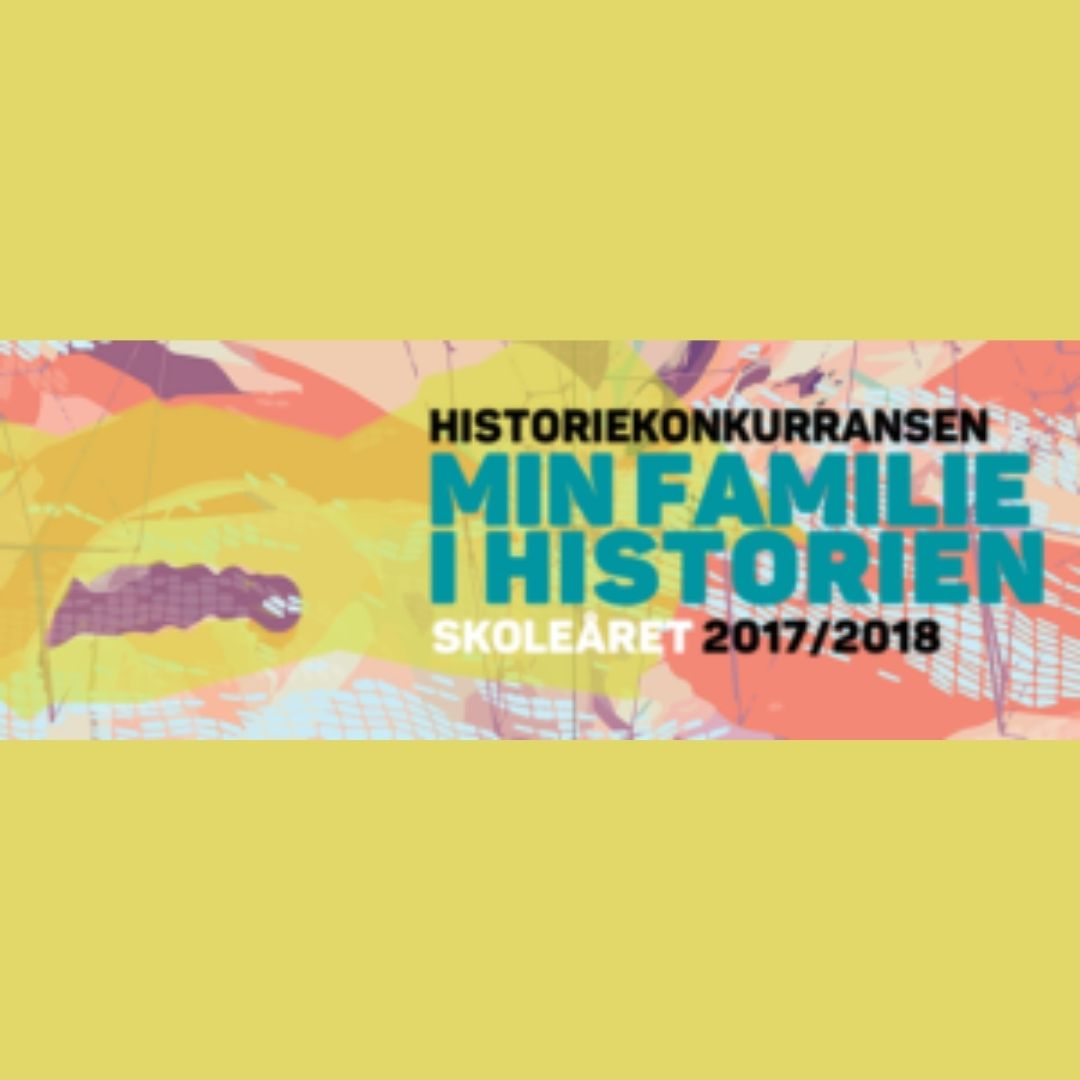This research was made as part of the project 'Innovating History Education for All' which aims at promoting high-quality history, heritage, and citizenship education in Europe through the development, testing and implementation of digital learning resources and by researching what is needed in terms of policy and practice.
The needs assessment, was made by the Institute for Educational Research in Warsaw, to help to identify several problems that educators encounter when it comes to using ICT in history education and to set priorities for the development of new tools in the Innovating History Education for All project. The research consisted of a preliminary questionnaire, two focus group interviews, a survey (translated in 18 languages) which was completed by 235 educators across Europe and individual in-depth interviews. The needs assessment gathered data that helped the project team to determine what kind of tools and exemplar learning activities are most needed, how teachers are likely to use them in practice, and what therefore needs to be taken into account during the development page. This report describes in detail what methodology was used, lists the main challenges that the researchers identified and includes a literature list that can be used for further reading.
In particular, this research wanted to:
You can read the whole research here.

The use of matching exercises to assess the internalisation of notions

The use of life stories to enhance students’ understanding of the connection between past and present

“Match!”: making connection between concepts and symbols in an entertaining manner

Learning about central but tricky concepts

Doing research on one’s own family history

